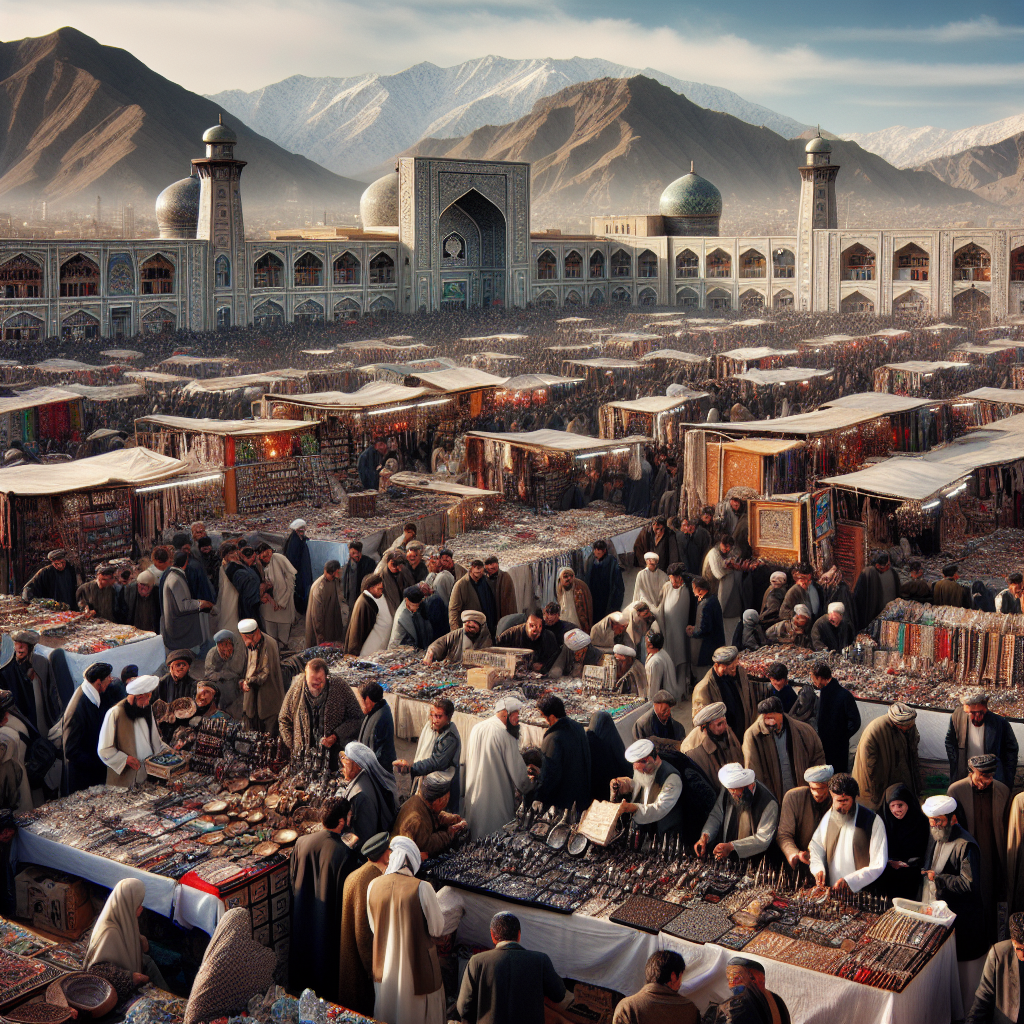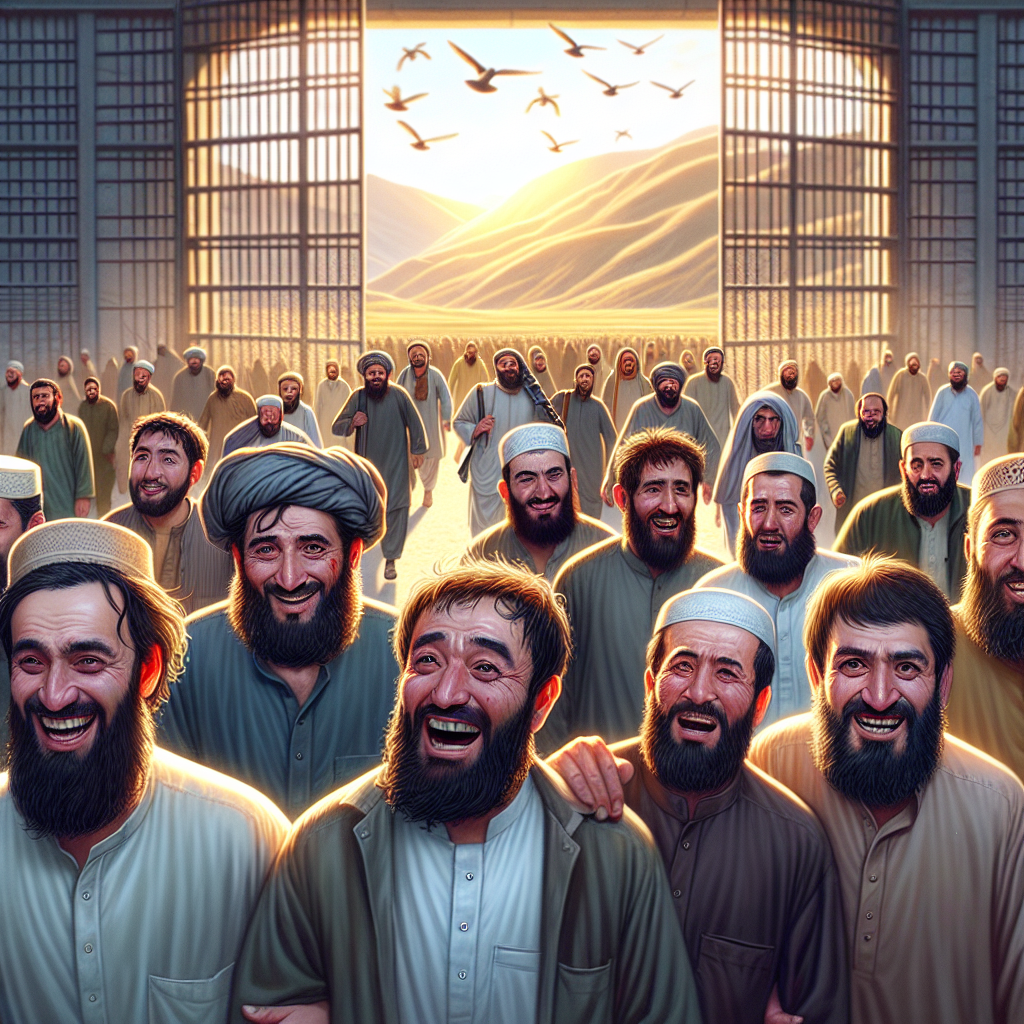Taliban to Prohibit Depictions of Living Beings
Taliban’s New Directive: A Ban on Depictions of Living Beings
Introduction
The Taliban has announced a new directive prohibiting the depiction of living beings, a move that aligns with their strict interpretation of Islamic law. This decision has significant implications for various forms of media and artistic expression within Afghanistan.
Key Points of the Directive
- The ban applies to all forms of visual representation, including paintings, photographs, and sculptures.
- Television programs, films, and advertisements featuring living beings are also affected.
- The directive is part of a broader effort to enforce the Taliban’s interpretation of Sharia law.
Implications for Media and Art
This prohibition poses challenges for artists, media producers, and advertisers who rely on visual depictions of people and animals. The directive could lead to:
- A significant reduction in the production and distribution of visual media.
- Potential loss of jobs for those in the creative and media industries.
- Increased censorship and self-censorship among artists and media outlets.
Reactions and Concerns
The international community and human rights organizations have expressed concern over the impact of this directive on freedom of expression and cultural heritage. Critics argue that:
- The ban stifles creativity and artistic expression.
- It may lead to further isolation of Afghanistan from the global community.
- The directive undermines efforts to preserve Afghanistan’s rich cultural history.
Conclusion
The Taliban’s prohibition on depictions of living beings marks a significant shift in Afghanistan’s cultural and media landscape. While the directive is intended to align with their interpretation of Islamic law, it raises concerns about freedom of expression and the preservation of cultural heritage. The international community continues to monitor the situation closely, advocating for the protection of artistic and media freedoms.






